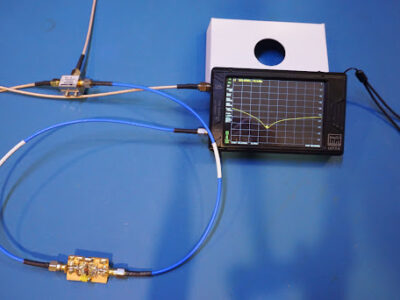
Welfare checks are vital procedures designed to ensure the safety and well-being of individuals who may be at risk or unable to seek help themselves. Whether it’s a concern raised by family, friends, or neighbors, performing a welfare check requires careful planning and execution to provide timely assistance when needed most.
Understanding the Need
When should you perform a welfare check? Often, welfare checks are initiated when there are concerns about an individual’s health, safety, or welfare. This could include sudden changes in behavior, extended absence without contact, or specific requests from concerned parties.
Signs that indicate a welfare check might be necessary Look for signs such as unopened mail, unusual noises, or requests for assistance that go unanswered. These indicators suggest that immediate intervention may be needed to ensure the individual’s well-being.
Preparation
Before conducting a welfare check, it’s crucial to gather relevant information about the individual, including their address, contact numbers, and any known medical conditions. Notify local authorities or emergency services if there’s a significant concern about the person’s safety.
Approaching the Location
Ensuring personal safety is paramount when approaching the location. If you’re unsure about the situation or anticipate potential risks, consider seeking assistance from law enforcement or trained professionals. Knock on the door and clearly announce your presence, stating your intent to check on the individual’s well-being.
Assessment
Upon entering the premises, take note of the environment and surroundings. Look for any signs of distress, neglect, or hazards that may pose a risk to the individual’s safety. Assess the person’s physical and emotional state through observation and gentle conversation.
Communication
Effective communication is key during a welfare check. Use a calm and reassuring tone to establish rapport with the individual. Ask open-ended questions to gather information about their current situation, any concerns they may have, and whether they require immediate assistance.
Offering Assistance
Based on your assessment, provide appropriate assistance or support. This could involve contacting family members, healthcare providers, or social services to ensure the individual receives the necessary care and support they need.
Documentation
Document your observations, actions taken, and any interactions during the welfare check. This information may be crucial for follow-up actions or reports to authorities. Respect the individual’s privacy and handle sensitive information with discretion.
Privacy and Confidentiality
Maintain confidentiality throughout the welfare check process, respecting the individual’s privacy rights at all times. Only share information with authorized personnel or as required by law to protect their welfare.
Follow-Up
After completing the welfare check, consider follow-up actions to monitor the individual’s situation. This may involve regular check-ins, arranging ongoing support services, or updating relevant parties on the outcome of the welfare check.
Legal Considerations
Be aware of the legal implications involved in conducting welfare checks, including privacy laws and procedures for handling sensitive information. Ensure compliance with local regulations and seek legal advice if necessary.
Case Studies and Examples
Learn from real-life examples and case studies that illustrate successful welfare checks. These stories highlight effective strategies and outcomes that have positively impacted individuals in need of assistance.
Challenges and Best Practices
Address common challenges encountered during welfare checks, such as communication barriers or safety concerns. Implement best practices to overcome these challenges and improve the effectiveness of welfare check procedures.
Training and Resources
Explore training programs available for individuals involved in welfare checks, including law enforcement officers, healthcare professionals, and community volunteers. Access resources for ongoing education and support in welfare check practices.
Conclusion
Performing a welfare check requires empathy, diligence, and a commitment to ensuring the safety and well-being of vulnerable individuals within our communities. By following these step-by-step guidelines and best practices, you can contribute to making a positive difference in someone’s life when they need it most.
FAQs After the Conclusion
- What should I do if the person refuses to let me in during a welfare check?
- Remain calm and respectful. Attempt to communicate the reasons for your visit and offer alternative solutions, such as contacting a trusted person who can check on them.
- Are there specific laws governing welfare checks?
- Laws regarding welfare checks vary by jurisdiction. It’s essential to familiarize yourself with local regulations and seek legal advice if you have concerns about legal implications.
- Can I perform a welfare check on someone without their consent?
- In situations where there is a reasonable belief that an individual’s safety or well-being is at risk, authorities may perform a welfare check without consent to ensure immediate intervention if necessary.
- What should I do if I suspect elder abuse during a welfare check?
- Contact adult protective services or local law enforcement immediately. Document your observations and provide as much information as possible to assist in their investigation.
- How often should welfare checks be conducted on vulnerable individuals?
- The frequency of welfare checks depends on the individual’s circumstances and level of need. Regular communication with support networks and monitoring of their well-being can help determine the appropriate frequency











